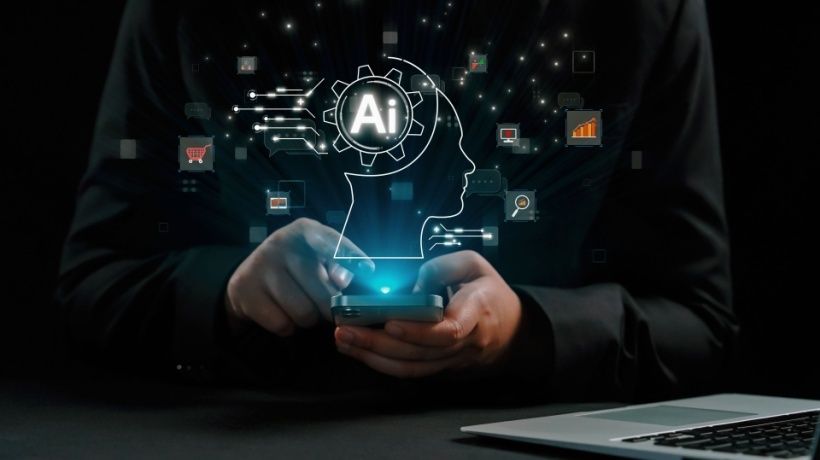Employee Training In An Organization: Who Takes Responsibility?
The effective digital transformation strategy of employee training and development is impossible without addressing the issue at two levels: the technological level and the administrative level. The technological level involves streamlining employee training with the help of various digital tools. But the tools alone can’t guarantee the efficiency of training programs and their relevance to an organization’s business goals.
An organization should have a thought-out strategy for employee training and development that addresses short-term and long-term training objectives. So, before the technological level, it’s important to look at training and development at the administrative level, as the success of employee training and development in an organization depends on who is in charge of it.
Employee Training And Development Ownership: 2 Models
There are two main options for supervising employee training and development in an organization: by HR or Operations. Usually, training and development fall under the HR department. However, in the case of HR owning employee training and development, there is a risk of disconnection of training from a business. As HR is not directly involved in business activities, it may not realize the company’s most urgent training needs and, consequently, fail to choose relevant training programs for the employees. An alternative opinion is that employee training can bring more value to a company if Operations is in charge of it. Let’s analyze the benefits of both approaches and decide which one is more viable.
Benefits Of The HR Supervision Model
- Addressing Training Needs At The Company-Wide Level
HR has a comprehensive view of the training needs and is always in the know who and when requires training in each department. It allows HR to enable finding relevant training programs and enrolling employees to them, as well as coordinate employee training plans. Such a comprehensive view on training and development facilitates tracking retraining periods for employees, for example, in the case of annual compliance training for highly regulated industries like healthcare. - Focus On Forward-Looking Training Goals
HR has a medium- to long-term view on training and development, so it focuses on general training programs like training leadership skills. For example, safety and leadership training have a long-term return that is not always obvious using standard productivity measures like increased performance and labor savings. - Flexible Approach To Defining The Need For Training
HR doesn’t react with a training session to every arising performance problem. It assesses and analyzes performance, usually by conducting a time and motion study to define who does what and how, and decides whether a performance issue is caused by poor working practices. Then the HR team offers a solution, which doesn’t always include training itself. Actually, in cases when performance issues don’t result from the lack of knowledge or skills, training won’t help. For example, low performance can be an outcome of an employee’s forgetting some of the steps in a manufacturing process like metal forming. Then the best solution to this issue will be providing the employee with a job aid in the form of an electronic knowledge base or a paper handout.
Benefits Of The Operations Supervision Model
- Addressing Department-Specific Training Needs
Training and development needs are specific for various departments of an organization. Since Operations is immersed in the working process, it pays more attention not to coordination but to the essence of training: what knowledge and skills a certain employee need to develop. Such a personalized approach allows Operations to sort out irrelevant training opportunities (too general or too specific programs) and offer targeted training to employees. For example, a welding operator needs training on electron-beam welding, so Operations won’t send them to training that, apart from this type, also covers some other types of welding like gas or plasma arc welding. - Focus On Immediate Training Goals
Employee training and development are always about improving work performance, and all the work is coordinated by Operations. So, the department can see training in the work context as it’s always aware of the current business needs. Also, it can easily and fast response to changing business needs and, as a result, define a new direction for employee training in a company. Thus, Operations has a short-term view on employee training and development, which ensures it’s always in line with the most urgent business needs. - High Commitment
Operations is responsible for production planning and quality control, it acknowledges the benefit of having the right people with the right skills doing the job. And since the department is responsible for planning and allocating budget in an organization, it pays special attention to the quality and relevance of employee training and development.
Better Together
A company needs both HR and Operations to enable effective employee training. Indeed, their cooperation in defining the needs and prospects of training in line with the business strategy creates a full picture due to addressing both short-term and long-term training goals. Operations targets at ‘here and now’ training goals as compared to HR that targets the long-term ones. The HR understands that money spent on training will return as increased productivity due to highly skilled workers, so it can help Operations to realize the long-term returns. Thus, the two models complement each other when identifying a company’s training needs and choosing appropriate training programs. And only after that it should be decided upon on a suitable technology for employee training: a Learning Management System, mobile or extended reality apps.
Editor's Note: Are you tired of sifting through endless employee training guides to find the information you need? That’s where our eBook The eLI eBook Sampler: Chosen Chapters From Our Top Employee Training Guides comes in. It features selected chapters from some of our top employee training guides, focusing on the importance of employee training, what to consider when looking for a training LMS, how to launch a successful onboarding program, and many other tips and insights to help you achieve your professional goals. Download your free copy today and take the first step in optimizing your employee training strategy.









